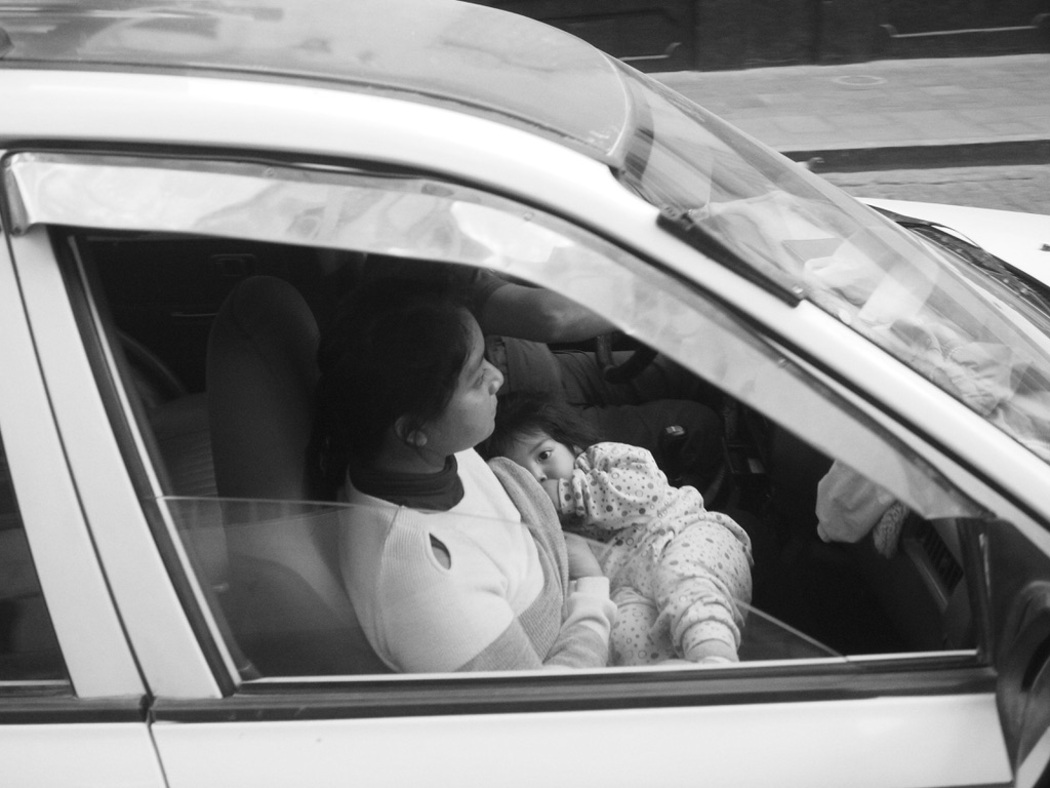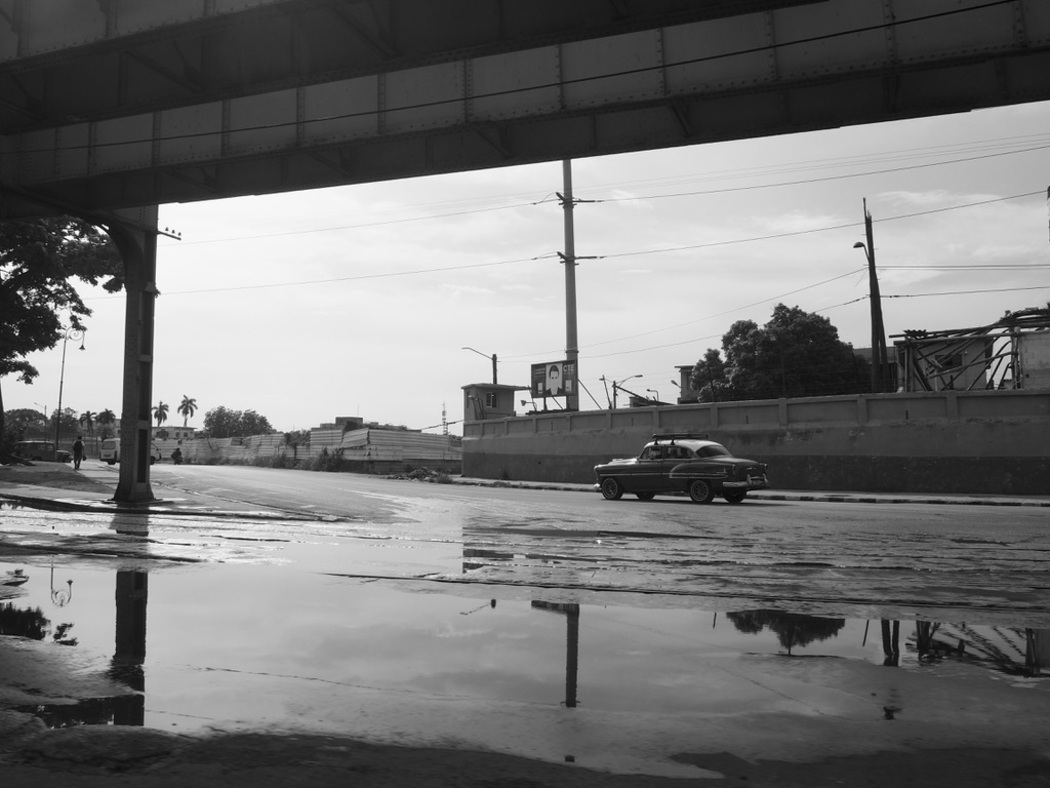Tait Ryssdal
Year of birth: 1998
Where do you live: Washington, DC
Your education: Georgetown University
Describe your art in three words: frank, timeless, unvarnished
Your discipline: Photography
Website | Instagram
 Tait Ryssdal | Green Car on the Malecon, Havana | 2024
Tait Ryssdal | Green Car on the Malecon, Havana | 2024
Your photography often captures quiet yet dramatic moments of street life. What draws you to these moments?
I try to pull out the gestures and expressions of people that are too quick or too subtle in real-time to appreciate but that, when frozen, are stripped down to something intense and meaningful. That’s the driving force as I meander around looking for people to photograph.
How do you decide what to photograph? Is it an instinctive process or something more intentional?
It’s much more of an art than a science. In practice, the force that pulls me from one subject to the next is a set of triggers – people gesturing, yelling, laughing, smoking, praying, driving, arguing, looking serious, or funny, or peaceful, or angry. The goal is always to find interesting people doing interesting things.
 Tait Ryssdal | Baby in Window | 2024
Tait Ryssdal | Baby in Window | 2024
You primarily work in black and white. How does this choice influence the mood and perception of your images?
I decided to take photography more seriously when I started shooting mostly in black and white. Black and white strips away distractions – a brightly colored bag or sign or clothes, for instance – to force me to focus on the essence of a scene. Rather than looking for color and light, I can focus just on the light. And I think that decision is what gives a lot of my photos a feeling of quietness or contemplation.
Can you talk about the role of street life in your work? How do you see it evolving in your photographs?
I feel like I am most in tune with a city when I’m taking photos of the people there and photography gives me a sharper sense for how every location has a unique feel. It helps me to sense how different places are and how much they are the same. I do try to take photos that are timeless, if there even is such a thing. Generally, that means trying to catch people when they’re not hunched over on their phones or getting out of a new car. I want to pull the subject out of those situations so the viewer can focus more clearly on the emotion or feeling.
 Tait Ryssdal | Car Pulling Away, Havana | 2024
Tait Ryssdal | Car Pulling Away, Havana | 2024
How does your background in visual art, particularly in painting and charcoal, influence your photography?
I started making art more seriously in high school and everything that I do now in photography is grounded in those fundamentals. Basic composition techniques, light, form all take practice to see and that practice started when I was painting and drawing in high school.
Do you feel that capturing street life in its raw, unfiltered form serves as a commentary on society? If so, what message do you aim to convey?
It’s impossible not to sound cliche here, but if there is a message, it comes to me while I shoot. I certainly don’t go out with a narrative in mind that I’m trying to pull out. The message determines itself for me and that’s the most exciting part of photography on the street, I never know what I’ll get.
In your photographs, there’s often a sense of isolation or quiet contemplation. How do you achieve that feeling visually?
I’ve just started to realize that relatively few of my photos convey a sense of joy or happiness – they’re mostly serious or stern or contemplative. Generally, I take what the situation gives me, but maybe that’s something I will have to focus on! The quietness is partly what I seek out and partly thanks to the black and white. What I love about shooting black and white is that it allows you to drink in these moments with real clarity.

Leave a Reply